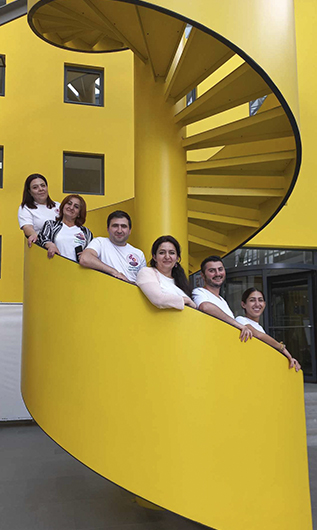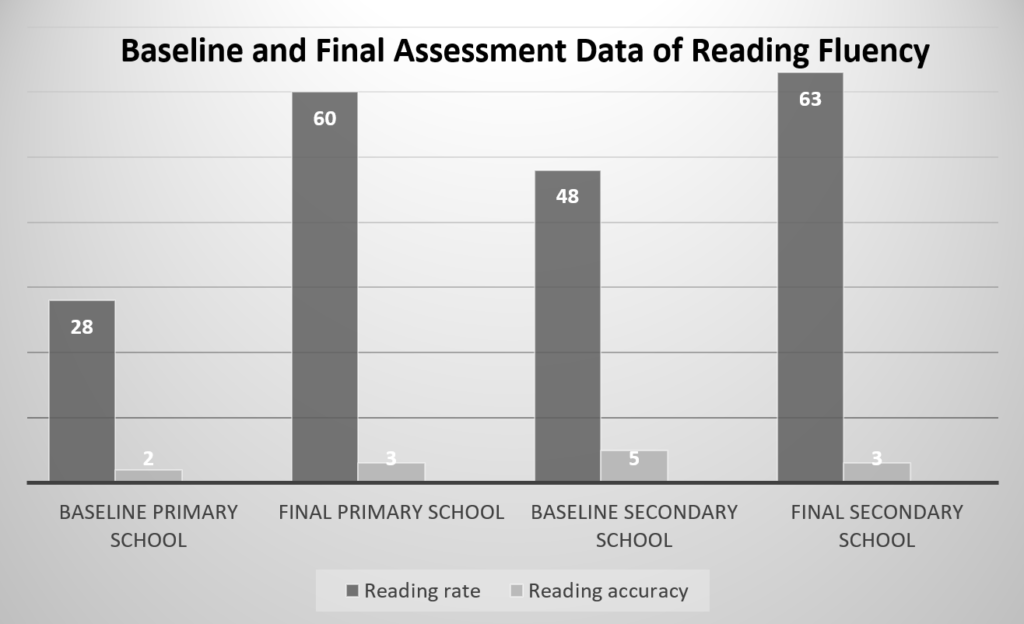- Bitcoin Fundamentals
- Bitcoin Mining
- Bitcoin vs. Ethereum
- Blockchain Technology
- Cardiovascular Training
- Cryptocurrencies
- Finance & Accounting
- Functional Training
- Information Technology
- Market Analysis
- NFT Valuation
- Personal Development
- Price Volatility
- Quantum Chemistry
- Risk Management
- Strength Training
- Supply and Demand
- Taxation of Bitcoin
- Transaction Confirmation
- Transaction Fees
- Transaction Process
- Wallets and Addresses
Collaboration and self-development for transformed education



About the establishment of the organization
NorArar is an Armenian non-profit organization founded in 2021 by a group of professionals dedicated to advancing child development. We transform education for every child by creating a professional learning community for schools that serve the needs of students with low socioeconomic conditions, displaced student populations, and students with special needs.
What is "NorArar"? NorArar is the Armenian word for innovation and a new scene in life: thus, we innovate to tackle complex educational issues.Media coverage of "NorArar"
When we receive the same encouraging feedback from students, teachers, principals, and donors, combined with data on student reading progress, there is nothing left but to move steadily in the chosen strategic direction toward universal literacy for all children and adults. Watch and listen to episodes covering our work .
OUR IMPACT
Reading assessment data were collected using reading assessment tests tailored to each student’s grade level. A total of 18 tests were created for grades 1 through 9. 9 tests were used for the preliminary assessment, and the remaining 9 will be used for the final assessment. The words and texts used in the tests are primarily sourced from general education mother tongue or literature textbooks. However, texts specifically for the comprehension section were sometimes selected from outside these textbooks to avoid prior familiarity that might affect the reliability of the data. Below is the data from the “Strengthening Capacities of Local Inclusive Education Systems for Improved Foundational Literacy Outcomes: Help Me Read” program.
LETTER RECOGNITION
The letter recognition section tests students’ knowledge of letters. According to preliminary evaluation data, 80 out of 100 students in the program are literate, while 20 students are either partially literate or not literate.
The final assessment data for the letter recognition section shows improvement among students. Of the 20 students with initial letter recognition problems, 10 (50%) no longer have any issues. Some of the remaining 10 students have shown noticeable progress, but they are not yet fully literate.


READING FLUENCY
The reading fluency section of the tests was evaluated using a Curriculum-Based Measurement (CBM). Three texts were selected from the mother tongue or literature textbook for each grade, and students read each text for one minute. During the one-minute reading, the evaluator noted the number of correctly and incorrectly read words, then averaged these counts to determine reading speed and accuracy. The data revealed that the average reading speed for all students is 32.5 words per minute, with an accuracy rate of 2.37 errors per minute. More detailed information is presented in the accompanying bar graphs.

READING COMPREHENSION
Reading comprehension was assessed using reading texts. Students were asked to read the text independently and answer questions about it. In cases where students could not read because they did not know the letters or had difficulty due to insufficient reading fluency, the teacher read the text aloud. The evaluation then aimed to determine whether the students had comprehension problems. Could improving reading fluency enhance comprehension?
The summary data shows that 59 students have difficulty with reading comprehension. These students can read on their own but do not understand what they read, as they are unable to answer the questions. This group also includes students for whom the teacher provided guidance, yet they still could not answer any questions.



